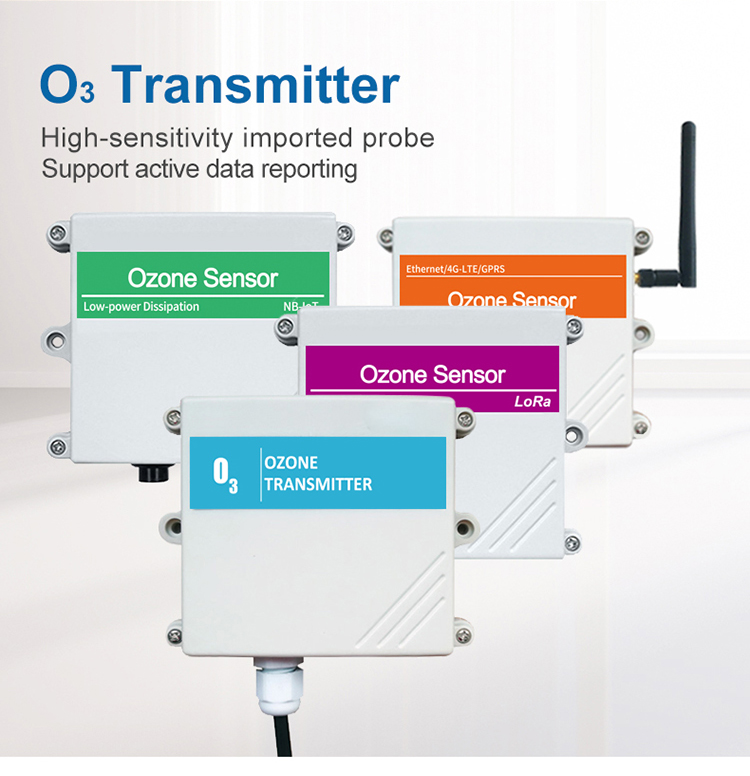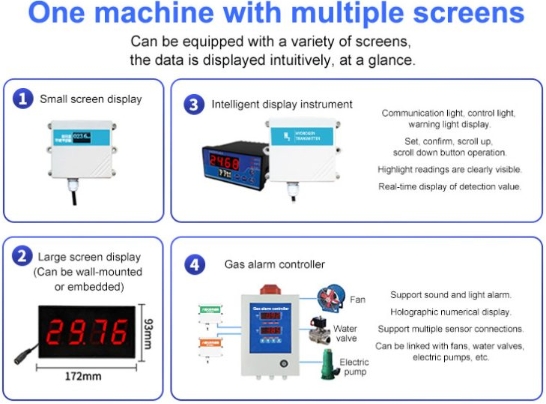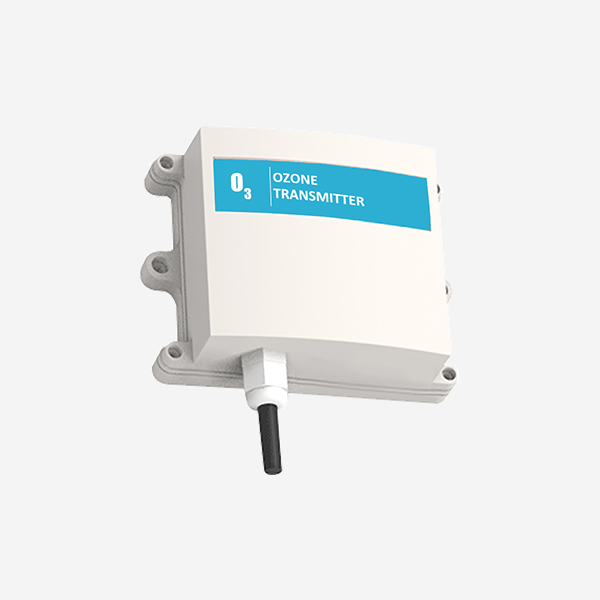Introduction
Ozone (O3) is a highly reactive gas that occurs naturally in the Earth’s upper atmosphere, where it plays a crucial role in protecting our planet by absorbing harmful ultraviolet radiation. However, at ground level, ozone can pose significant health risks to humans and damage vegetation. Accurate and reliable detection of ground-level ozone is essential for understanding its impact on public health and the environment. The ozone detector became an important tool in solving the problem, providing advanced capabilities to monitor ozone concentrations.
The Importance of Ozone Detectors:
Air Quality Monitoring:
Ozone detector are vital components of air quality monitoring systems, providing real-time data on ozone levels in urban, industrial, and rural areas. This information is critical for assessing air pollution levels and implementing measures to reduce emissions.
Public Health Protection:
Ground-level ozone can cause respiratory problems, particularly in vulnerable groups and people with pre-existing respiratory conditions. Ozone detectors enable early warning systems to alert the public when ozone levels reach unhealthy levels, allowing individuals to take precautions and minimize exposure.

Environmental Impact Assessment:
Ozone detector play a key role in evaluating the environmental impact of industrial activities, transportation, and other sources of pollution. They provide valuable data for policymakers, researchers, and stakeholders working to improve air quality and protect ecosystems.
Climate Change Mitigation:
As climate change accelerates, the frequency and intensity of extreme weather events, such as heatwaves, may increase, leading to higher ground-level ozone concentrations. Ozone detectors help monitor these trends and inform strategies to mitigate the effects of climate change on air quality.
Types of Ozone Detectors:
Ultraviolet Photometry:
Ultraviolet photometry is a widely used method for measuring ozone concentration. It involves passing a sample of air through a UV light source and measuring the amount of light absorbed by the ozone molecules. These detectors are accurate, reliable, and relatively inexpensive.

Chemiluminescence:
Chemiluminescence-based ozone gas detectors use a chemical reaction between ozone and a reducing agent to produce light, which is then measured to determine the ozone concentration. These detectors offer high sensitivity and selectivity but may be more expensive than other methods.
Non-Dispersive Infrared Spectroscopy (NDIR):
NDIR sensors measure the absorption of infrared light by ozone molecules to determine their concentration. They are highly accurate and suitable for both indoor and outdoor applications.
Applications of Ozone Detectors:
Ambient Air Monitoring:
Ozone detector are deployed in fixed or mobile stations to monitor ambient air quality in cities, industrial areas, and near highways. This data is used to assess compliance with air quality regulations and inform public health advisories.
Indoor Air Quality Monitoring:
Indoor ozone detectors are used in homes, offices, and schools to ensure healthy indoor air quality. They are particularly relevant in settings where ozone-generating devices, such as air purifiers and photocopy machines, are present.
Industrial Process Monitoring:
In industries that emit ozone precursors, such as volatile organic compounds (VOCs), ozone detectors are monitor emissions and prevent the formation of ground-level ozone.
Research and Development:
Ozone detectors are employed in scientific research to study atmospheric chemistry, the effects of ozone on human health and vegetation, and the effectiveness of air quality management strategies.
Conclusion:
Ozone detectors have proven to be a valuable tool in protecting public health and the environment from the harmful effects of ground-level ozone. As technology continues to advance, we can expect these devices to play an even greater role in addressing global air quality challenges and promoting a healthier and more sustainable future.
